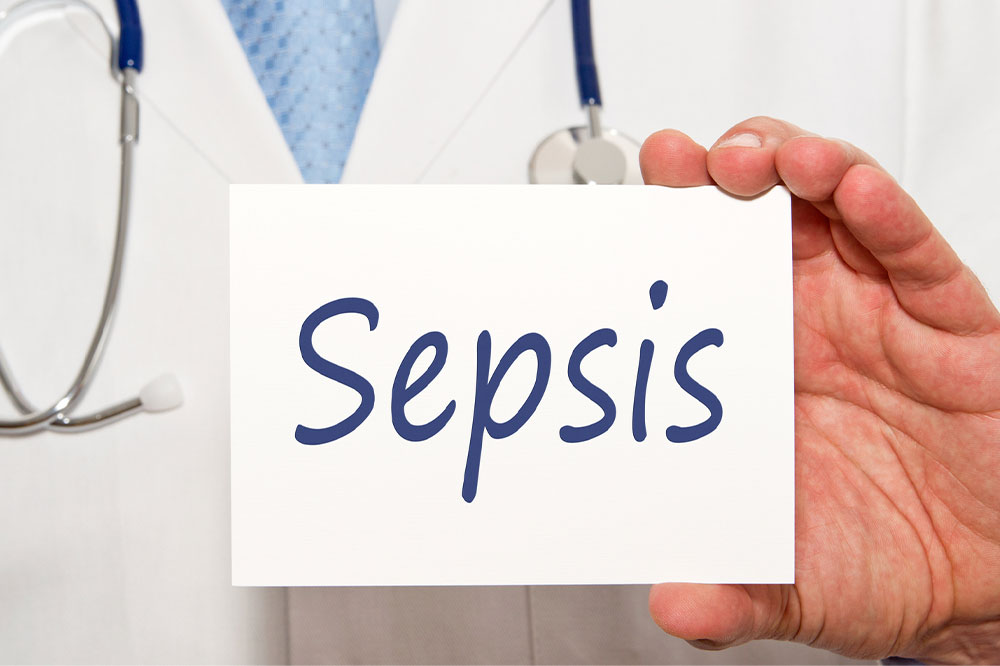
The dangers of sepsis and managing the condition
Sepsis refers to an unquestionably life-threatening condition in which the body’s response to infection leads to the injury of its own tissues and organs. It can rapidly become a health emergency if left untreated, so it’s important to be aware of the symptoms, causes, and treatment possibilities of sepsis. This article discusses a comprehensive guide to understanding the condition and taking steps to fight it. Read on to learn more.
What is sepsis?
Sepsis is a serious health condition that many people are not aware of. It arises when the body’s response to infection gets out of control. The issue develops when chemicals released into the bloodstream in response to infection cause inflammation throughout the body, triggering a cascade of changes that can lead to septic shock and multiple organ failure if not treated quickly and adequately.
What causes sepsis?
While a variety of different infections can trigger sepsis, some of the most common causes include:
Bacterial infections
Infections of the urinary tract and skin infections are among the most common causes of sepsis.
Fungal infections
In addition to bacterial infections, fungal infections can also cause sepsis. People who have debilitated immune systems are particularly susceptible to fungal infections.
Parasitic infections
Parasites can also lead to sepsis, although this is relatively rare. Malaria, for example, can cause severe sepsis if left untreated.
Understanding the underlying causes of sepsis is an essential step in preventing and treating this serious condition. By recognizing the signs and symptoms of sepsis early on and seeking prompt attention from professionals, it may be possible to avoid serious complications and improve outcomes for those affected by this condition.
Symptoms of sepsis
It is essential to be aware of the symptoms of sepsis to ensure timely diagnosis and treatment. The symptoms of sepsis can develop quickly and vary from person to person. Some of the most typical symptoms to watch out for include:
Fever or low body temperature.
Rapid heart rate or breathing.
Confusion or disorientation.
Extreme pain or discomfort.
Chills or shivering.
Skin rash or discoloration.
Nausea or vomiting.
Decreased urine output.
Difficulty breathing.
It is mandatory that you seek attention from a doctor immediately if you or someone you know encounters these symptoms. Early detection and treatment can remarkably improve the chances of recovery from sepsis.
Diagnosis of sepsis
When it comes to sepsis, early diagnosis is critical to ensuring that the condition is properly treated. This can be challenging, however, as sepsis shares symptoms with many other illnesses and can be easily overlooked. Here are some ways that doctors may diagnose sepsis:
Physical exam
During a check-up, the doctor will look for indications of infection, such as redness, swelling, and fever, as well as vital signs, such as heart rate and blood pressure.
Blood tests
These can show whether there is an infection and its severity, as well as the levels of certain substances that indicate sepsis.
Cultures
Blood, urine, or other bodily fluid samples may be taken to scrutinize for the presence of bacteria or other pathogens.
Imaging tests
X-rays, CT scans, or ultrasounds may be used to probe for signs of infections in organs or tissues.
Blood oxygen level
A device called a pulse oximeter may be used to measure the amount of oxygen in the blood. Low levels can indicate sepsis.
Glasgow coma scale
This tool is used to measure a patient’s level of consciousness and mental status. It can help doctors determine how severe sepsis is and whether it is affecting the brain.
Treatment options for sepsis
Once diagnosed with sepsis, prompt treatment is essential. There are diverse treatment options available, which include the following:
Antibiotics
This is the first-line treatment for sepsis, and antibiotics are given intravenously to control the bacterial infection that causes sepsis.
Intravenous fluids
Patients with sepsis are usually given fluids through a vein to maintain blood pressure and improve organ function.
Oxygen therapy
Oxygen therapy is given to patients who cannot breathe normally due to sepsis.
Vasopressors
This treatment option is given to patients with septic shock to help increase blood pressure.
Surgery
In the most severe cases, surgery may be needed to remove the source of infection or repair any damage caused by sepsis.
How to prevent sepsis?
Prevention is one of the best options when it comes to sepsis. Taking measures to avoid infections in the first place can reduce the risk of developing the condition. Simple preventative measures include:
Washing your hands regularly.
Keeping cuts and wounds clean and covered.
Seeking treatment promptly for any infections.
Getting vaccinated for flu, pneumonia, and other infections as recommended by your healthcare provider.
While sepsis is a serious and potentially life-threatening condition, early diagnosis and treatment can significantly improve outcomes. If you or a loved one experience symptoms of sepsis, seek medical attention immediately.




